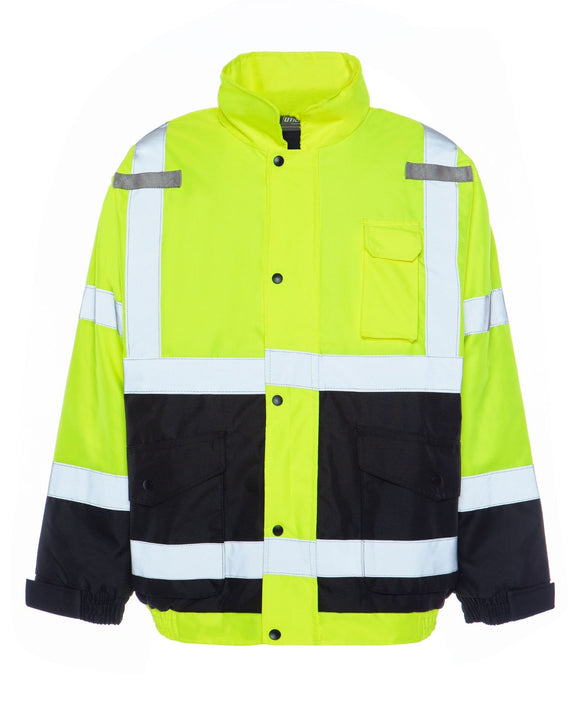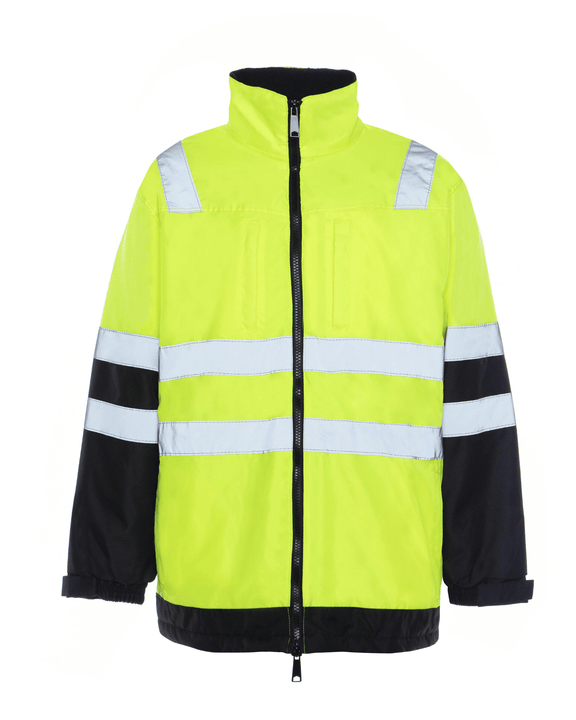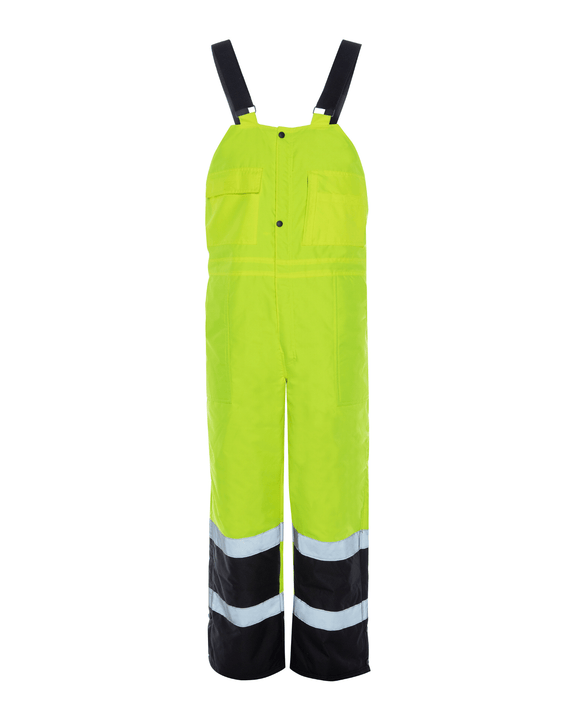Your Cart is Empty
🔥 Free shipping for orders over $50

Winter weather poses many hazards to people working outdoors, especially if they involve working with snow, ice, and direct exposure to the elements. When temperatures are close to freezing or drop below 0 degrees Fahrenheit, workers can suffer “Cold Stress,” or injuries related to excessive exposure to low temperatures, which may come in the form of frostbite, hypothermia, trench foot, and more. OSHA recommends protective clothing for work at or below 4 degrees Celsius or below 69.2 degrees Fahrenheit.
Consider the four types of PPE that can help keep you safe when heading out in extremely cold temperatures:

$56.99
The Ultimate Reflective High-Viz Lined Bomber Jacket: high-visibility workwear parka designed to keep you safe and warm all day long on the construction site. Reflective taping throughout the garment makes sure you are noticed Stay Warm On The Job Site:… read more
Choosing the correct type of PPE for your needs is essential to keep yourself comfortable while also staying safe! When choosing the right type of PPE, consider the following:
Remember: Keeping an extra set of dry clothes such as socks, gloves, hats, blankets, and even heat packs can help save you in a situation where you get soaked or need to add extra layers to stay warm.

$105.00
The Utility Pro™ UHV821 HiVis Arctic 3-in-1 Jacket is designed with Teflon™ Fabric Protector for liquid and stain repellency. You can wear the outer jacket or use both to keep you comfortable in extreme weather. This parka has reflective taping… read more
When working in cold weather conditions, it is essential to stay safe and healthy. Here are a few tips to help you out:

$81.00
These ANSI Class E compliant winter bib overalls feature added Teflon Fabric Protector that repels liquid and stains, ensuring long-lasting durability while also helping you to maintain a professional appearance. Teflon™ fabric protector, liquid and stain repellent Adjustable straps with Velcro and elastic… read more
Employers should implement a prevention program that includes engineering controls, work/rest schedules, and training on how to best handle hazardous environmental conditions to ensure their employees are not being affected by or spreading cold-related illnesses. Those who work in harsh environments must keep warm at all times. Having an extra set of dry clothing on hand as a backup will allow you to layer up when the temperature drops or your clothing becomes wet.
For more information about Cold Stress and how to prevent Cold-related Illnesses, visit https://www.cdc.gov/niosh/topics/coldstress/
Like us on Facebook
Follow us on Instagram
| Item | Price | Qty | Total | |
|---|---|---|---|---|
| Subtotal | $0.00 | |||
| Shipping | ||||
| Total | ||||